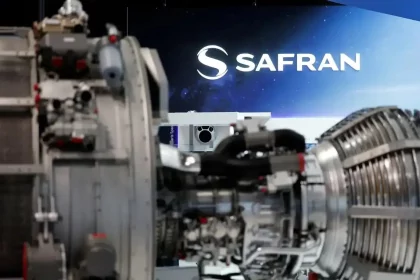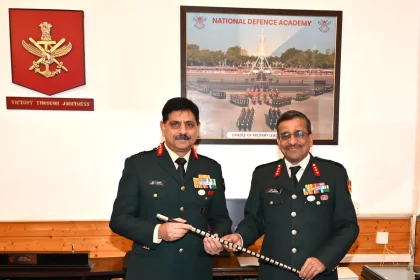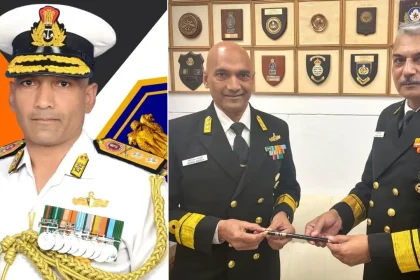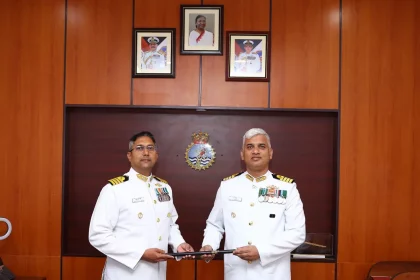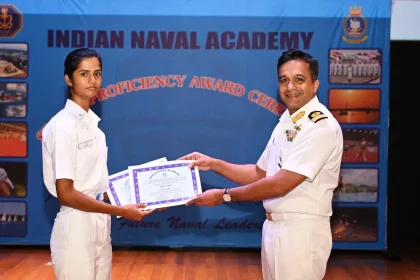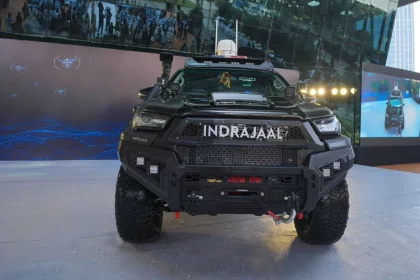Safran Agrees to Full Fighter Jet Engine Technology Transfer to India for AMCA Programme
Safran’s Full Engine Technology Transfer Boosts India’s AMCA Programme and Aerospace Self-Reliance.
Lt Gen Zubin A Minwalla Assumes Charge as Deputy Chief of Integrated Defence Staff
Leadership Transition at HQ IDS as Lt Gen Minwalla Assumes Key Joint Services Role.
Rear Admiral Srinivas Maddula Assumes Charge as ACNS (Foreign Cooperation & Intelligence)
Rear Admiral Maddula to Lead Indian Navy’s Global Outreach and Maritime Intelligence Efforts.
Captain P Dinesh Assumes Command of INS Pallava and Takes Over as Station Commander, Kalpakkam
Smooth Leadership Transition Strengthens Naval Operations at Kalpakkam.
Indian Naval Academy Honours Outstanding Trainees with Sports Proficiency Awards
INA Felicitates Trainees for Exceptional Skill, Discipline and Sporting Excellence.
India Unveils First Fully Mobile, AI-Enabled Anti-Drone Patrol Vehicle ‘Indrajaal Ranger’
India strengthens border security with a first-of-its-kind mobile anti-drone patrol platform.

